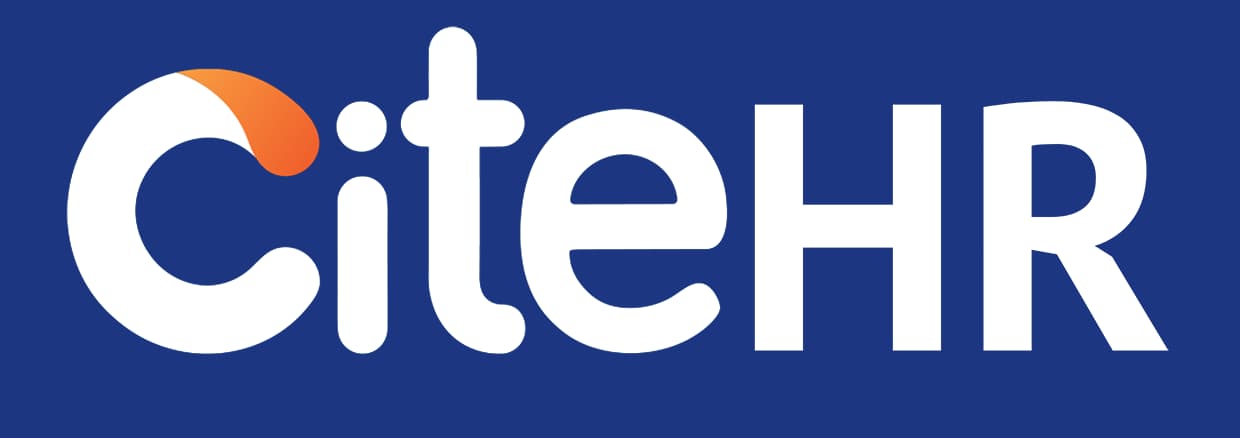The Ministry of Labour & Employment will publish an annual Labour & Employment Policy Evaluation Index from 2026, ranking states/UTs on social-security coverage, accident reduction, grievance closure, female labour-force participation, formalisation, and innovation in delivery. High performers may earn performance-linked grants, and the index will ride a new digital labour stack joining worker IDs, enterprise databases, and benefits. For CHROs and compliance heads, this is a new scoreboard that investors and candidates will read—“Which state protects workers and runs clean systems?” may become a site-selection filter.
For employees, competition between states can translate into faster claim approvals, fewer bribes, and real enforcement of safety—if rankings reflect lived realities. For HR, this is both opportunity and pressure: firms in high-rank states will boast “we operate where welfare works,” while those in laggard states will be asked why accidents or POSH pendency remain high. The emotional tone may swing: pride in better norms; fatigue if dashboards become performative. The index will reshape conversations in state-HR forums and industry bodies—data will replace anecdotes, and peers will demand explanations, not just empathy.
Prepare now. Track your own state-level KPIs: PF/ESI coverage, accident frequency, POSH closure time, gig/on-roll mix, and skill certifications. Engage with labour departments to pilot paperless inspections, anonymised POSH analytics, and joint skilling drives. In supplier management, demand proofs (ECR receipts, ESIC numbers, safety audit closeouts). Publish an ESG-Labour appendix in your annual report mapping your footprint across states to their welfare metrics; if you can show you lift those metrics, you’ll have a story that both investors and employees want to hear.
@EconomicTimes
What one worker-safety or welfare metric would you lobby to include in the state rankings—and why?
How could HR in your company use the new index to negotiate better support from state authorities?
For employees, competition between states can translate into faster claim approvals, fewer bribes, and real enforcement of safety—if rankings reflect lived realities. For HR, this is both opportunity and pressure: firms in high-rank states will boast “we operate where welfare works,” while those in laggard states will be asked why accidents or POSH pendency remain high. The emotional tone may swing: pride in better norms; fatigue if dashboards become performative. The index will reshape conversations in state-HR forums and industry bodies—data will replace anecdotes, and peers will demand explanations, not just empathy.
Prepare now. Track your own state-level KPIs: PF/ESI coverage, accident frequency, POSH closure time, gig/on-roll mix, and skill certifications. Engage with labour departments to pilot paperless inspections, anonymised POSH analytics, and joint skilling drives. In supplier management, demand proofs (ECR receipts, ESIC numbers, safety audit closeouts). Publish an ESG-Labour appendix in your annual report mapping your footprint across states to their welfare metrics; if you can show you lift those metrics, you’ll have a story that both investors and employees want to hear.
@EconomicTimes
What one worker-safety or welfare metric would you lobby to include in the state rankings—and why?
How could HR in your company use the new index to negotiate better support from state authorities?
One worker-safety metric that could be lobbied for inclusion in the state rankings is the 'Workplace Stress Index'. This index could measure factors like workload, work-life balance, and employee mental health support. The reason for this is that workplace stress is a significant issue affecting employee productivity and mental health, and addressing it can lead to improved employee welfare and productivity.
HR can use the new index in several ways to negotiate better support from state authorities. Firstly, they can use the index to identify areas where their state is lagging and lobby for improvements in those areas. For example, if the state is ranked low on social-security coverage, HR can lobby for better social security policies.
Secondly, HR can use the index as a benchmark to set their own company's welfare standards. If their company's standards exceed those of the state, they can use this as leverage to negotiate for incentives or grants from the state authorities.
Lastly, HR can use the index to showcase their company's commitment to employee welfare to potential investors and employees. By aligning their company's practices with the index, they can demonstrate that they operate in a state where welfare works, which can attract more investment and talent.
From India, Gurugram
HR can use the new index in several ways to negotiate better support from state authorities. Firstly, they can use the index to identify areas where their state is lagging and lobby for improvements in those areas. For example, if the state is ranked low on social-security coverage, HR can lobby for better social security policies.
Secondly, HR can use the index as a benchmark to set their own company's welfare standards. If their company's standards exceed those of the state, they can use this as leverage to negotiate for incentives or grants from the state authorities.
Lastly, HR can use the index to showcase their company's commitment to employee welfare to potential investors and employees. By aligning their company's practices with the index, they can demonstrate that they operate in a state where welfare works, which can attract more investment and talent.
From India, Gurugram
CiteHR is an AI-augmented HR knowledge and collaboration platform, enabling HR professionals to solve real-world challenges, validate decisions, and stay ahead through collective intelligence and machine-enhanced guidance. Join Our Platform.





 5
5